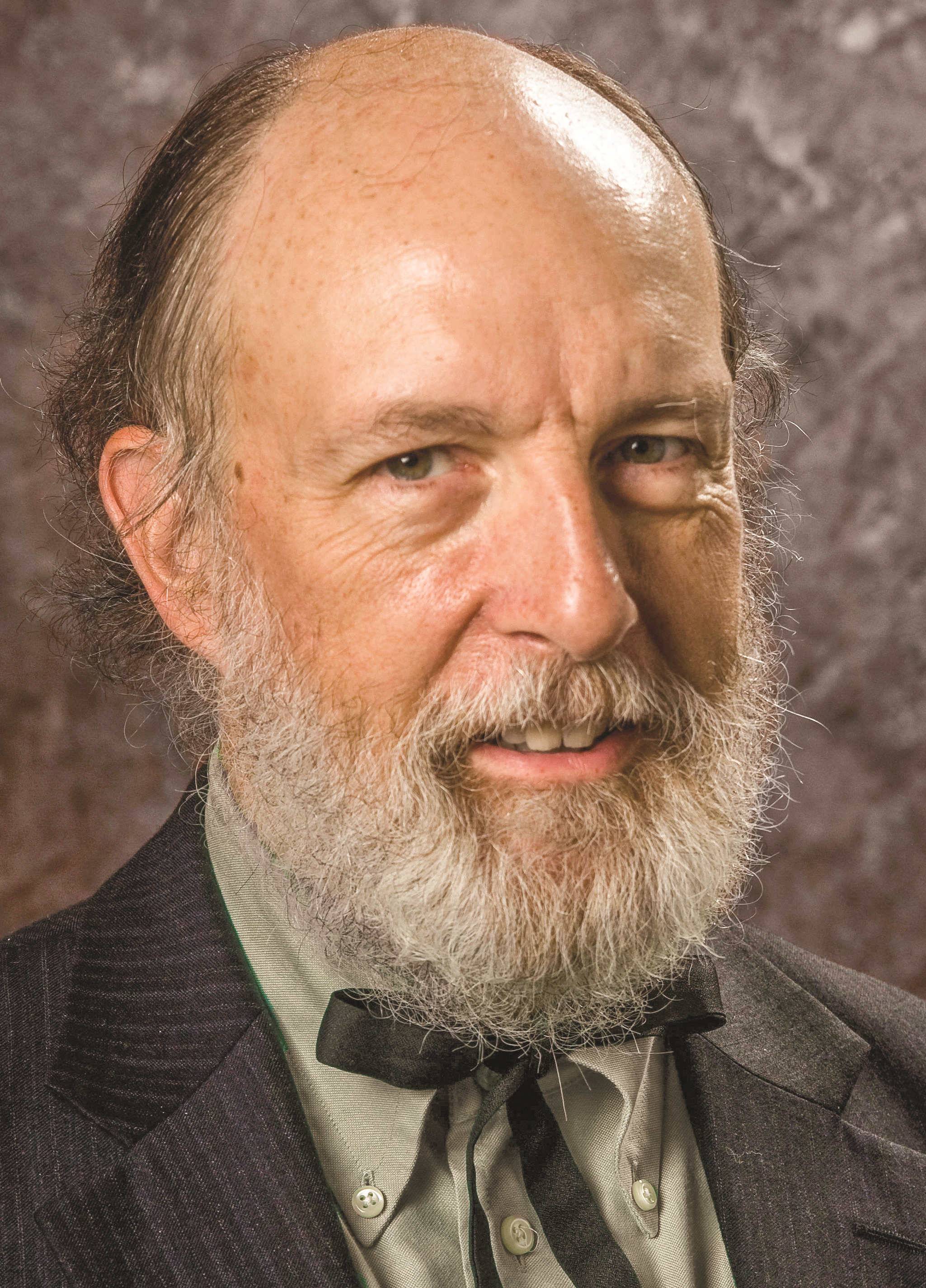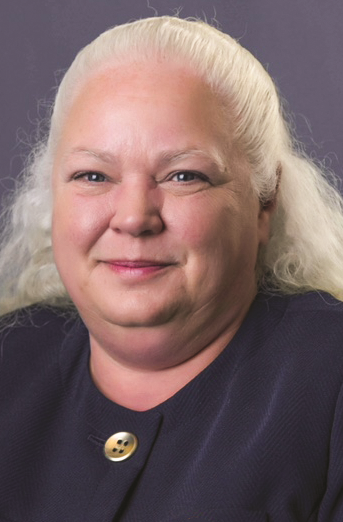A Good Debate: Beyond Gridlock
What Will Get Us Moving?
Winter 2018
JUMP TO:
JUST THE FACTS | OPENING ARGUMENTS | CROSS-EXAM
Each quarterly issue of Citizens League Voice will feature a section that involves bringing people together to share their differing opinions on a timely issue. We call it A Good Debate. In addition to these perspectives, we’ve also established a set of ground rules and a process that encourages rigor, not rancor.
We start with Just the Facts, designed to provide objective context for a specific question or area of disagreement.
What follows is a carefully planned and vetted collection of Opening Arguments, written by policymakers, academics, and engaged community members representing a wide range of opinion and expertise.
A Cross-Exam of each contributor rounds out the section. Conducted by the editors, this is an effort to further explore the nuance of each argument and provide a model for thoughtful questioning.
Citizens League Voice is a quarterly print publication delivered to our members.
If you’re interested in supporting quality conversation on the issues that impact Minnesotans, join the Citizens League today.
All members receive Voice in their mailbox each quarter.
The Participants

Laura Monn Ginsburg
Co-owner of the public affairs firm Apparatus, which coproduces a podcast about how the ways in which we commute impact our quality of life. A believer in free-market innovation, she nevertheless posits that, especially when it comes to mobility issues, government oversight and coordination are essential to guarantee access and workability.

Randal O'Toole
A senior fellow at the CATO Institute, Randal argues that the free market is best situated to provide the most efficient options to the greatest number of people, regardless of economic circumstance. He’s particularly intrigued by the potential for autonomous vehicles to unclog the state’s roads.
> Movement in the Marketplace: Business, not government, should lead the way on mobility issues

Mary Liz Holberg
For an analysis of current political history, we turn to Dakota County Commissioner Mary Liz Holberg, who served in the state legislature for 18 years. An expert on transit financing, she contends that people on all sides need to compromise, shift their expectations, and avoid partisan, as well as urban and rural, stereotypes.
Just the Facts
Excerpted and adapted from “Getting from Here to There: Funding Transit in the Region,” a report prepared by the Citizens League Transit Study Committee, 2016–2017
Anyone following the ongoing discussion involving mobility issues in Minnesota is likely aware that the future of transportation in general and transit in particular has become so contentious that it has prevented resolution of other important initiatives at the legislature. To overcome this political gridlock and get the state moving in the right direction, a number of areas will need to be examined by engaged citizens and their representatives:
- Policymakers and media should reevaluate the scope and understanding of key concepts and definitions. For example, “transit” is not a specific mode of transportation (e.g., trains or buses). As a Citizens League report noted in 1973, “‘transit’ is riding,” and while it takes many forms, it is as simple as providing service to a passenger or passengers.
- Statewide, the number of adults age 65 or older will increase sharply by 2030. According to data compiled by the Metropolitan Council, the net gain in the next decade will range between 285,000 and 335,000 people. This compares with an increase of 91,000 adults during the 2000s. By 2029, for the first time in Minnesota history, the number of adults over age 65 will exceed the number of children ages 5 to 17. Mobility will become more important for economic and social reasons as this unprecedented demographic change unfolds.
- Declines in workforce growth, increases in concentrations of poverty, and the dispersion of job centers from core downtown locations need to be accounted for. Improved mobility for workers at all skill levels is essential to Minnesota’s economic health.
- Rapid changes in technology—ride sharing, autonomous vehicles—will have an enormous impact on mobility over the next 5 to 15 years.
- A decision will need to be made regarding what forces are best suited to play a leading role. One option would be to find ways for elected representatives to overcome their geographic, ideological, and other differences. Another approach would be to further empower market forces to ensure that Minnesotans can move around efficiently and affordably.
In economic terms, transit serves three functions. It can move individuals who do not or cannot use other forms of transportation. It provides travel options for those who do not wish to bear the economic, social, and environmental costs of operating a car, often in traffic congestion. And it supports more compact and mixed-use forms of development.
Like that of other regions, the Twin Cities’ transit planning is complicated, fragmented, and at times difficult for the public to understand. Some may even argue that the region is underperforming when compared to like-sized metropolitan areas like Denver, Dallas, San Diego, Seattle, and Phoenix. In part, this is because transit relies on relatively unstable taxes, and funding is subject to the approval of decision-making bodies that may oppose transit as a whole, or disagree with specific plans for capital costs and operational funds on an unpredictable, case-by-case basis.
In order to encourage more ridership, there needs to be safe, accessible, and convenient options that enable point-to-point connections.
Moving forward, whether government is able to adapt in the name of leadership, or private enterprise is empowered to fill the void, there need to be strategies in place to account for the following:
First- and Last-Mile Connections
When people commute from their homes to transit, or vice versa, they must decide how they will get to and from the pickup point. This difference is sometimes referred to as the “first- and last-mile” problem. In order to encourage more ridership, there needs to be safe, accessible, and convenient options that enable point-to-point connections. In many cases, helping people traverse this distance could involve creating access to better biking and walking routes. (According to Minnesota Public Radio, about 7.5 percent of St. Paul and Minneapolis workers reported walking a distance as part of their commute in 2015. That number has been rising in the last decade.)
Metro Mobility
Ridership on Metro Mobility—an indispensable service of the Metropolitan Council for people who are unable to use regular fixed-route bus service due to a disability or health condition—is growing rapidly. Rides on Metro Mobility are also the region’s most costly to provide and are already creating budget concerns for other elements of regional transit. Decisions about how to reconcile the costs of providing this federally mandated program should include the following factors: the value of ensuring that certified riders are contributing members of society; the capacity of certified users to pay for the service; and the money necessary to provide robust paratransit services.
Overall Population Growth in the Region
The Metropolitan Council’s regional forecast shows that the Twin Cities region will gain 802,000 residents over the next three decades, bringing the region’s population to 3,652,000 by 2040. About two-thirds of this population increase is anticipated to be natural growth: according to the Met Council, the number of people born will be greater than the number of people who die.
Demographic Changes
Racial and geographic disparities in employment rates in the Twin Cities are stark. In 2016, the Twin Cities’ regional unemployment rate was an estimated 3.8 percent. The unemployment rate in North Minneapolis was 22.3 percent, and for African American men the rate was 52 percent. Additionally, while many transit routes serve North Minneapolis, residents have limited access to jobs within a 45-minute commute.
While many transit routes serve North Minneapolis, residents have limited access to jobs within a 45-minute commute.
Future Job Growth
While there is estimated to be one job opening per job seeker in the metro area, Yingling Fan, an associate professor at the Humphrey School of Public Affairs in the regional and policy area, noted in a 2016 research report that “spatial mismatch is a serious problem in the Twin Cities region, and it appears to have worsened since the turn of the millennium. The biggest concentrations of unemployed workers lack frequent transit service to some of the richest concentrations of job vacancies, particularly jobs in the south and southwest metro.”
Emerging Technologies
Autonomous vehicles or driverless cars use a wide range of new technologies to eliminate the need for human operators, and they can literally take individuals and goods door to door without the need for a human to do anything except determine the starting point and the destination.
While there is disagreement over whether game-changing innovations on this front will be available in 10 or even 20 years, the mere possibility that a new breed of automobile could arrive to sate and save America’s car culture has become a popular topic in mainstream media. (In November, the New York Times filled an entire issue of its Sunday magazine with articles speculating on the subject.) Partly as a result of this attention, those discussing and debating the future of transit often end up pivoting to the consequences of future invention. In particular, those who favor free-market solutions point to the inevitability of these developments as a reason to both phase government out of the transit business altogether and abandon big-ticket items, like added light rail lines.
To be sure, the region is seeing the increased use of alternatives to car-sharing services, such as Zipcar and Hourcar, as well as ride-share services, including Lyft and Uber. By providing transportation access on-demand for individuals, these offerings lessen the need for single-car ownership; people pay for access only when they need it.
New technologies will be incorporated over time into signage, lane markers, and other means for driverless cars to “talk” to each other and the roadways.
For instance, the need for metered street parking, parking lots, and parking facilities, which consume a significant amount of downtown and other urban land, would decrease because autonomous vehicles don’t require the parking that current single-occupancy cars require.
Some new technologies could also be incorporated over time into signage, lane markers, and other means for cars to “talk” to each other and the roadways.
It’s worth noting that one of the most common professions in Minnesota is that of truck driver, and this job category will all but disappear if autonomous vehicles are fully integrated and deployed. The impact—positive and negative—on other professions is hard to predict.
Most crucially, for the purposes of the debate playing out on the following pages, the marketplace is spending billions on driverless technology. The question is whether affordability and accessibility are likely without government oversight.
A year in, it’s still unknown what the Trump administration’s priorities will be with regard to transportation infrastructure, or how this will affect federal funding for transit. Throughout his campaign, candidate Trump advocated for an “America First” plan that includes the privatization of some components that would be subsidized, in part, by tax credits. He often praised the advanced rail lines of Asia and expressed displeasure with systems in the United States.
These positions pose an interesting dilemma for Republicans, because while the GOP’s stance is to cut funding for public transit, including first- and last-mile connections, President Trump has said that mobility options in the United States are at third-world levels and need to be improved. On the other side of the aisle, Democrats are likely to find themselves having to defend the incremental nature of governance, which could both fall behind rapidly changing demographics and fail to take timely advantage of marketplace innovations.
> Read the full text of “Getting from Here to There: Funding Transit in the Region”
Why Beyond Gridlock?
Minnesota, like the rest of the country, is in the midst of preparing for a number of changes that will impact the state’s economic health and quality of life, including an aging population, an increasingly diverse workforce, and higher concentrations of urban and rural poverty. To begin to meet these challenges, a holistic plan to address mobility issues around the state is essential. For the last several years, however, a seemingly intractable partisan divide—characterized by geographic differences, competing budget priorities, and disagreements over the scope and size of public funding—has slowed improvements to transit systems and forestalled essential improvements to existing roads and highways. In the hopes of loosening this gridlock, we chose to consider whether the government or the free market could or should lead the way forward.
